Nearby Attractions
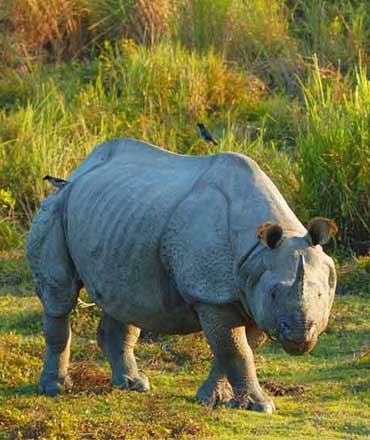
Jaldapara National Park Forest Safari
Distance & travel: 500 meters (1-min drive) via the Salkumar gate.
Type: Wildlife safari and birdwatching.
Highlights: Jaldapara is famed for its vast grasslands and riverine forests (over 216 km²) that shelter the Indian one-horned rhinoceros, Indian bison, elephants, tigers, deer and over 200 bird species. Visitors can take jeep safaris or elephant safaris to spot rhinos, elephants, deer and peafowl in the early morning or late afternoon.
Tips: Forest entry permits are issued by the Forest Department. We can help you arrange the permit with advanced notice. Safaris operate in the cooler mornings/evenings (park closed mid-June to mid-Sept). Binoculars are useful for birds like eagles, hornbills and Bengal floricans.
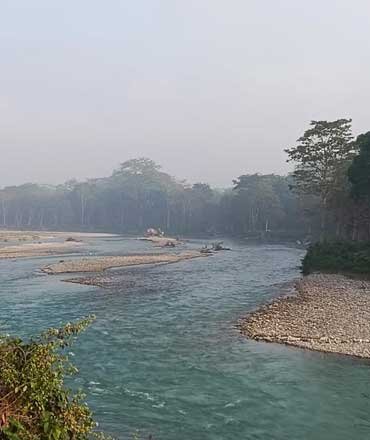
Sisamara Riverside (Natunpara)
Distance and Travel – 6 km (about 15 minutes by Car)
Type - Offbeat/Nature
Highlights: Quiet riverside village on Jaldapara’s southern fringe. This offbeat spot is a birdwatcher’s paradise, with the forest alive with chirping songbirds. From the riverbank, one may glimpse wild elephants, bison or rhinos coming to drink at dusk. The landscape is serene, with misty mornings over the river and dense jungle sounds all around.
Tips: Access is via rural roads; hiring a local jeep from Falakata is recommended. Stay at a nearby eco-lodge or homestay for guided nature walks and respectful interaction with villagers. Plan visits around sunrise or sunset, the prime times for wildlife activity. Observe local guidelines: keep noise low, never feed or disturb wild animals, and always travel with a guide. The best season is winter and spring (Oct–May); heavy rains can flood trails in the monsoon.
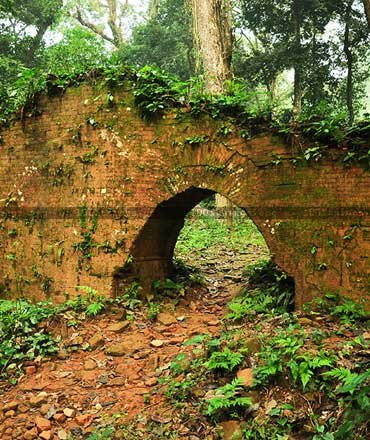
Chilapata Forest & Nal Raja Fort
Distance & travel: 31 km (60 min) via Sonapur More.
Type: Wildlife corridor, jungle exploration, heritage.
Highlights: A dense Sal forest corridor linking Jaldapara and Buxa Tiger Reserve. Chilapata teems with wildlife – rhinos, elephants, bison, deer and even leopards are often seen along its clearings and jungle roads. Its main attraction is the ruins of “Nalraja Garh” – a 5th-century Gupta-era fort hidden in the forest (archaeological remains of moat and walls). Wildlife and birdwatching here are excellent for nature lovers.
Tips: A Forest Dept. entry permit and a local guide are required. Guided jeep safaris (1–2 hrs) to watchtowers or walking safaris can be arranged at the nearby Kodalbasti Forest Bungalow. Avoid monsoons (park closed mid-June to mid-Sept). Wear good shoes and carry water and bug repellent.
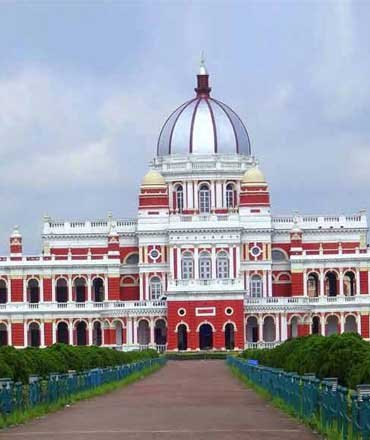
Cooch Behar Town & Palace (Heritage/Cultural)
Distance & Travel: 43 km (about 1.25 hrs) Type: Royal heritage, architecture, cultural exploration. Highlights: Once the seat of the Koch kingdom, Cooch Behar is a charming town with a unique Indo-Saracenic architectural legacy. The Cooch Behar Rajbari (Royal Palace) is its crown jewel — a grand red-brick palace inspired by London’s Buckingham Palace, built in 1887 by Maharaja Nripendra Narayan. The palace complex houses a museum with royal artefacts, paintings, and historical photographs. Around town, you can also visit the Madan Mohan Temple, known for its white marble shikhara and annual Ras Mela festival, and stroll through the well-laid Sagardighi lakefront where locals gather in the evenings. The quiet streets, colonial-era buildings, and old markets give a nostalgic charm. Tips: The palace and museum are open Tuesday to Sunday (closed Mondays and national holidays); photography is allowed only in certain areas. Plan a half-day visit to explore the palace, temples, and town markets. Combine this trip with a lunch stop to try local delicacies like kochuri–torkari and mishti doi. Comfortable footwear is recommended for walking the palace grounds. Best visited in winter and spring for pleasant weather.

South Khayerbari Leopard Rehab Centre (Wildlife)
Distance & travel: 32 km (1 Hour) via Falakata. Type: Wildlife rehabilitation, scenic river valley. Highlights: A government-run nature park by the Boori-Torsa River. It’s a leopard and tiger rescue centre where circus-captive big cats are rehabilitated. Enclosed grounds and a watchtower overlook the river valley, and battery-operated safari carts carry visitors. The riverside scenery often attracts wild elephants and peacocks along the access road. Tips: Entry is regulated by forest authorities; modest fees apply.
Kunjanagar Ecopark
Distance and Travel – 32 km (about 1 hr) Highlights: Riverside eco-park with boating on the Torsha River and a tall watchtower for panoramic forest views. Wild elephants, deer and even leopards roam the surrounding forests and may be seen here. The park also features a suspension footbridge across the river and an animal rescue centre for injured wildlife. Tips: There is no entry fee, but carry a photo ID (required by forest authorities). Visit in the cooler morning or late afternoon for the best wildlife viewing. Wear sturdy shoes for walking on natural paths, and bring drinking water. The area is lush during the monsoon (June–Sept), so dry-season visits (Oct–May) are recommended.
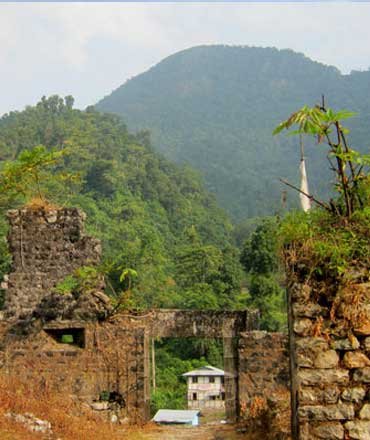
Buxa Tiger Reserve – Jayanti & Buxa Fort
Distance & travel: 82 km (about 2 hr) via Chilapata Type: Wildlife reserve, trekking, history. Highlights: Buxa TR is a large forest reserve bordering Bhutan. Jayanti is a scenic riverside village inside Buxa, famed for its white pebble river (often dry) and tranquil wooded hills. Visitors love to hike the Jayanti–Buxaduar trail through dense forest (13 km trek). Nearby is the Buxa Fort – a historic hilltop fort (British-era prison) offering panoramic views of tea hills and Bhutan. The Reserve supports elephants, gaur, leopards and numerous birds. Buxa is also known for rare orchids and medicinal plants.
Totopara (Toto Tribal Village)
Distance & travel: 70 km (2 Hours) into northern Jaldapara. Type: Cultural heritage, ethnic village. Highlights: Totopara is a tiny hill-tribe village on the Bhutan border, home to India’s rare Toto. The name “Totopara” means “Toto people’s village”. A visit offers an intimate glimpse of unique tribal life: indigenous huts, bamboo crafts, and the Toto language (only a few hundred speakers). The village sits beside the Torsa River, so morning walks along the riverbank often reward with views of elephants bathing in the water. The atmosphere is peaceful and “off-the-beaten-path” – perfect for travellers interested in cultural authenticity. Tips: Reach Totopara via an all-weather jeep (4×4 may be required in rain). Inform park authorities when planning this trip – a permit may be needed since the route passes through Jaldapara’s fringes. Carry modest gifts (tobacco, thread, sweets) as tokens of thanks to villagers. Respect local customs: ask permission before photographing people.

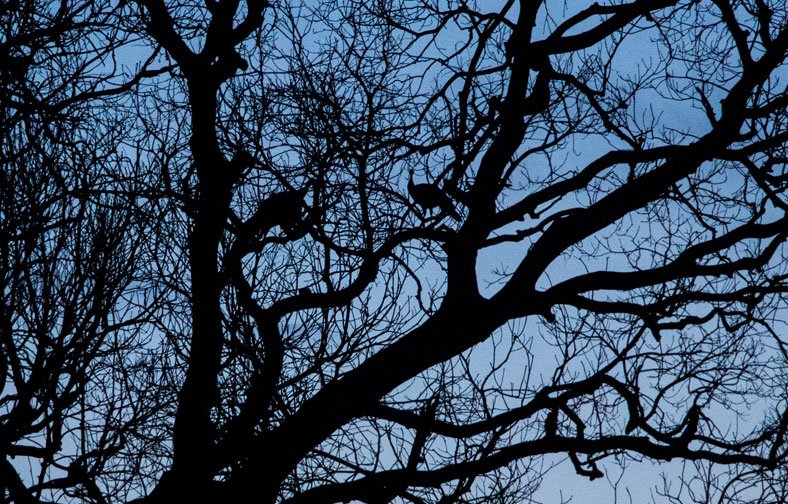

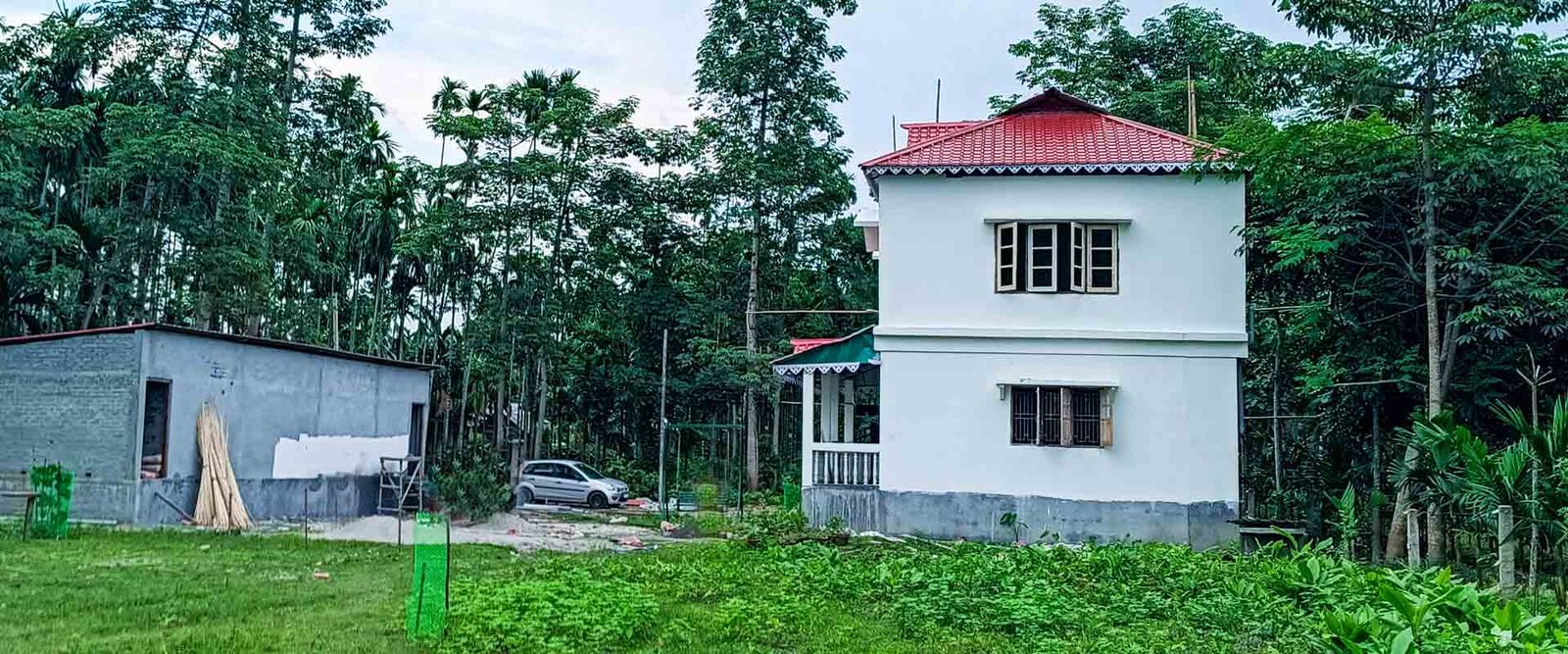


Plan an Unforgettable Experience in Sampan Today!
Contact Sampan for your stay at Jaldapara
Book Your Stay Now
- +91-70635 838 30 / 31
